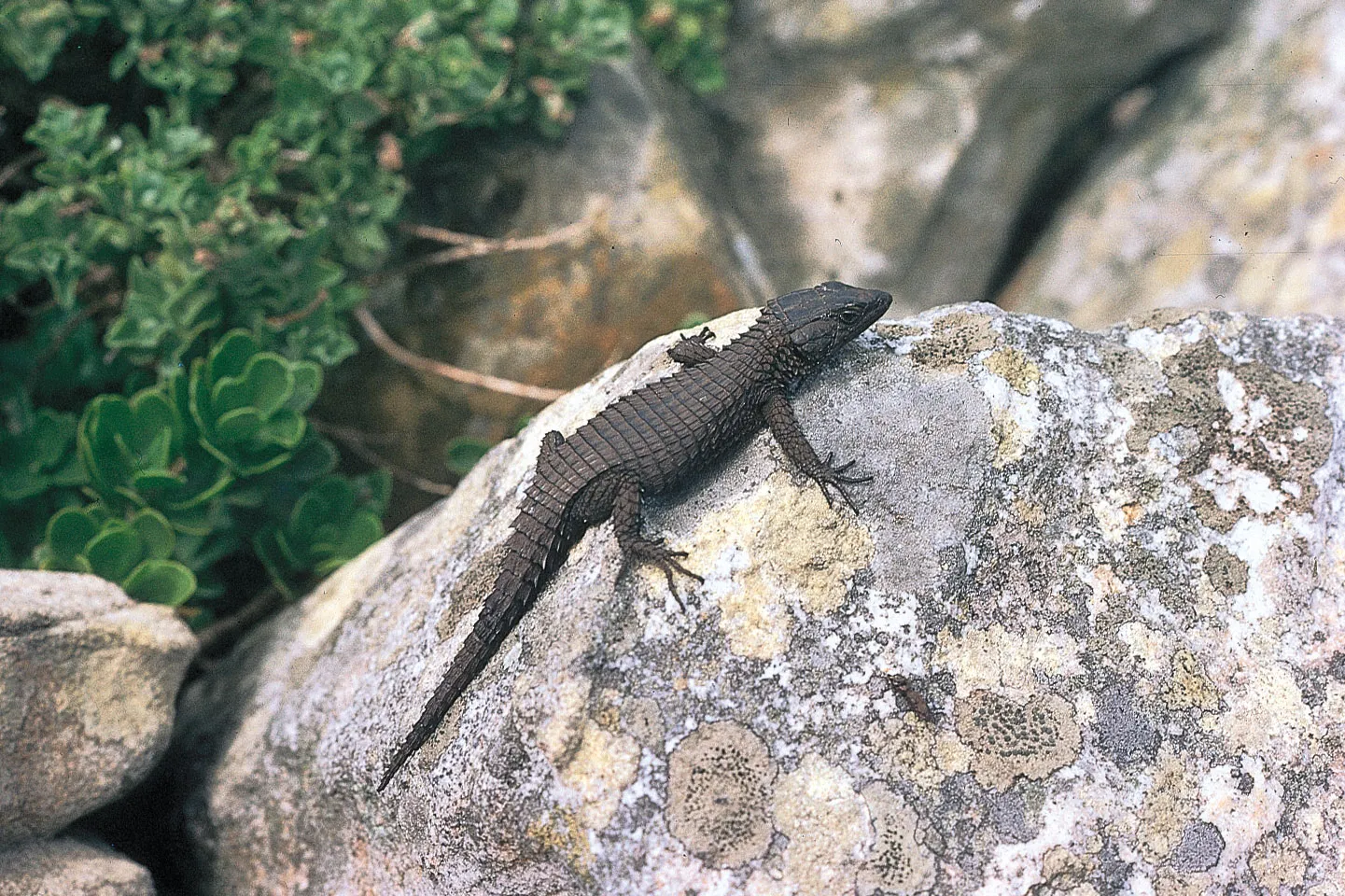Traveling with reptiles, such as snakes or lizards, requires careful planning to ensure their well-being and compliance with legal regulations. Here are some essential tips for safely traveling with your pet reptile:

Check Local Regulations:
Research and understand the regulations regarding the transportation of reptiles in the areas you plan to visit. Some places may have specific rules or restrictions, so it’s crucial to be aware of them beforehand.
Secure Travel Container:
Use a secure and escape-proof enclosure for your reptile. For snakes, a well-ventilated snake bag or a secure transport container with air holes is recommended. For lizards, a sturdy reptile carrier with proper ventilation is essential.
Temperature Control:
Reptiles are cold-blooded, and their well-being depends on maintaining an appropriate temperature range. Ensure the travel container has proper insulation, and consider using heat packs or heat pads designed for reptile travel, especially during colder seasons.
Ventilation:
Adequate ventilation is crucial to ensure your reptile gets a sufficient supply of fresh air during the journey. Avoid airtight containers, and make sure there are enough air holes to maintain proper airflow.
Comfort Items:
Place familiar items inside the travel container, such as a piece of cloth or bedding from their enclosure. This can help reduce stress and provide a sense of familiarity during the journey.
Hydration:
Some reptiles, especially lizards, may need hydration during travel. Consider providing a small, shallow dish of water, or misting the enclosure if appropriate for your reptile species.
Avoid Overcrowding:
If traveling with multiple reptiles, avoid overcrowding in a single container. Ensure each reptile has enough space and ventilation to stay comfortable.
Secure the Container:
Make sure the travel container is securely closed to prevent any accidental escapes. Double-check latches and closures to ensure they are secure.
Plan Rest Stops:
Plan your journey with breaks to allow your reptile some rest. During stops, check on your pet, ensure they are at the right temperature, and offer food or water if needed.
Conclusion
Always prioritize the well-being of your reptile during travel. If you’re unsure about any aspect of traveling with your pet reptile, consult with a veterinarian who specializes in reptiles for guidance tailored to your specific situation.
If you are planning to travel with your pet reptiles then get your connectivity with BNESIM eSIM.
The eSIM is a digital SIM, embedded in your smartphone that allows you to activate a data plan without using a physical SIM.
BNESIM is offering thousands of eSIM data plans for 200+ countries. It is more affordable than your local carrier roaming plans, and you can activate it in minutes by following simple steps. Check here to see data plans for each country.
